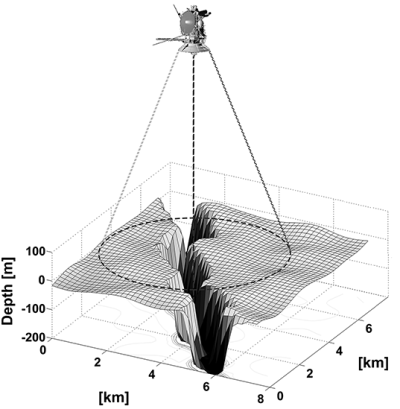Orbital ATK delays Antares-Cygnus launch until September
In the heat of competition: Orbital ATK has once again pushed back the launch of the first upgraded Antares rocket since its launch failure in October 2014, this time until September.
Due to a variety of interrelated factors, including the company’s continuing processing, inspection and testing of the flight vehicle at Wallops Island, and NASA’s scheduling of crew activities on the International Space Station in preparation for upcoming cargo and crew launches, Orbital ATK is currently working with NASA to target a window in the second half of September for the launch of the OA-5 mission. A more specific launch date will be identified in the coming weeks.
This press release suggests that all is well, and that the delay is mostly because of scheduling issues with NASA and ISS. However, it is also very vague, which suggests to me that the company has been also working through the results of the static fire test they did in May and might have needed more time to work out the kinks..
In the heat of competition: Orbital ATK has once again pushed back the launch of the first upgraded Antares rocket since its launch failure in October 2014, this time until September.
Due to a variety of interrelated factors, including the company’s continuing processing, inspection and testing of the flight vehicle at Wallops Island, and NASA’s scheduling of crew activities on the International Space Station in preparation for upcoming cargo and crew launches, Orbital ATK is currently working with NASA to target a window in the second half of September for the launch of the OA-5 mission. A more specific launch date will be identified in the coming weeks.
This press release suggests that all is well, and that the delay is mostly because of scheduling issues with NASA and ISS. However, it is also very vague, which suggests to me that the company has been also working through the results of the static fire test they did in May and might have needed more time to work out the kinks..







